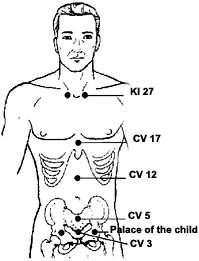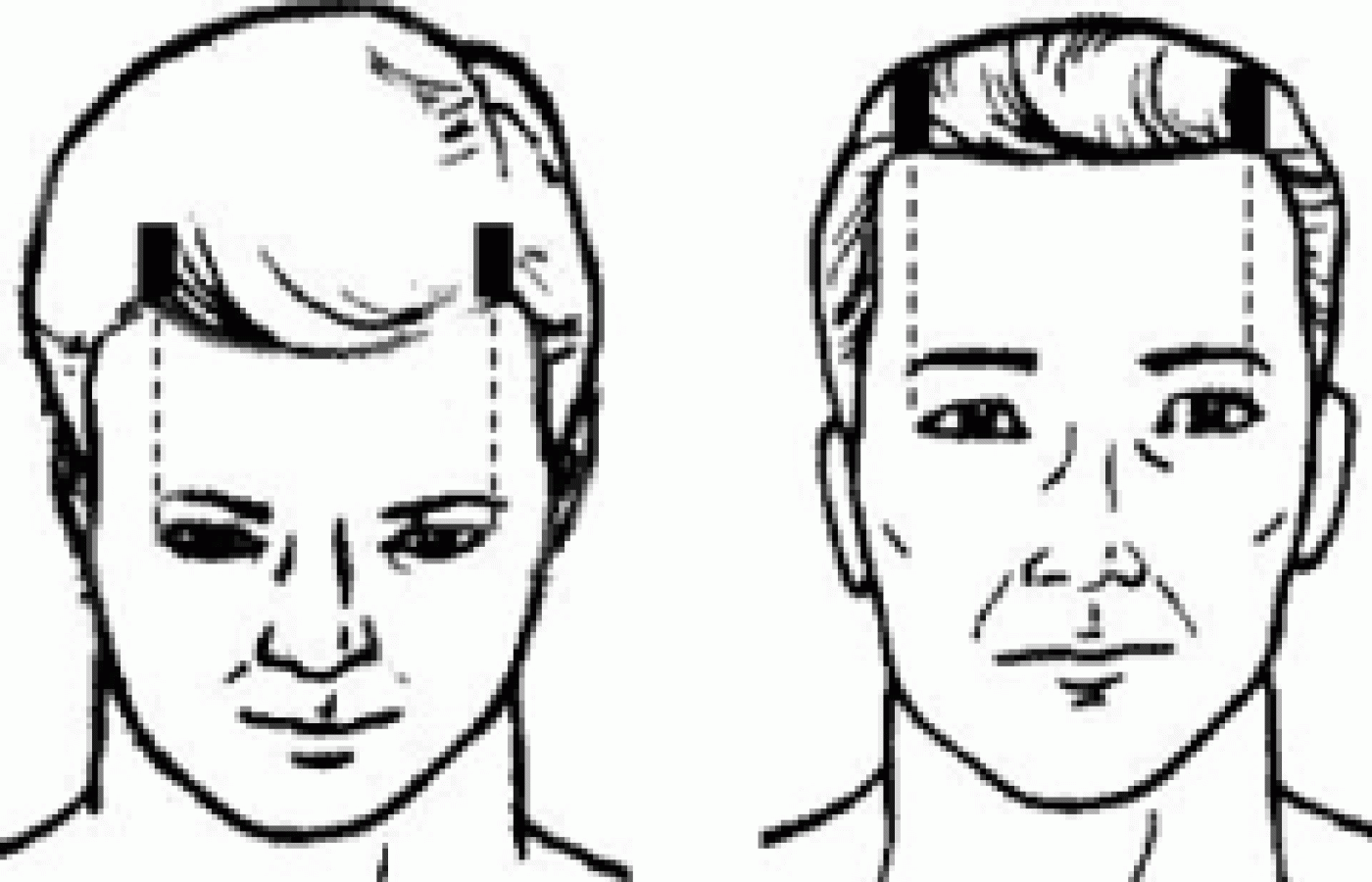Whether you accept it, avoid it or live somewhere in between, insurance coverage has become a defining issue for our profession. Patients increasingly expect to use their benefits, practitioners want to be compensated fairly for their time and expertise, and the system itself remains – at best – fragmented. The encouraging news is that coverage has expanded in meaningful ways. The challenging news is that reimbursement, across the board, remains inadequate.
So, When Are You Going to Have a Baby?
The following article was originally published in Acupuncture Today's sister publication, Dynamic Chiropractic, on July 1, 1989, and appeared again in the Jan. 17, 1992 issue of DC. The decision to republish the article was due to over 1,000 requests for reprints from readers worldwide responding to a separate article I wrote titled "Miracle Baby," which related specifically to a couple who had tried unsuccessfully to become pregnant for 21 years. Their success story was told, and an offer was made for reprints of the original "So, When Are You Going to Have a Baby"? article describing the procedure. "Miracle Baby" appeared in the Oct. 25, 1991 issue of Dynamic Chiropractic. (The couple now have two children.)
The letters of request I received would bring tears to the eyes of the most hardened person, as hundreds of doctors, support personnel, patients, family members and the general public related their frustrations, fears, prayers and desires in their unsuccessful efforts to begin a family. They wrote to request the article reprint with a glimmer of hope: as one letter said, "Maybe next Christmas we will have another package under the tree." It is estimated that more than 1,000 babies have been born internationally as a direct result of the information in this article.
The following article is published here as it appeared in DC. Since 11 years have passed since the article was reprinted, I realize three or four generations of professionals have graduated from school and are now in clinical practice seeking the answer to this significant problem. It is my hope this article will help your friends, family and patients as it has with countless families over the years. I will say again what I wrote in both previous articles: Be sure you me send a photo of the baby, and I'll add it to my collection.
At last count, I had received 412 photos of babies that had been sent to me from around the world or have been collected as a direct result of the information in this article. Best wishes, and please clip this article for future reference.

I suppose most everyone knows the population of China is without equal. In one hour, China's population increases by 1,375 people. In just 24 hours, the census increases by 33,000. Put into an annual perspective, this means that every year, 15 million people are added to China's already bulging seams.
Currently, the official figure for China's population is 1.07 billion (this figure is based on the 1990 estimated census). Interestingly, half the population is under 21 years of age. It's awesome to think that one in every four people on this planet is Chinese.
Even though Chairman Mao Tse-Tung said "The more people, the better," China's current leaders have adopted a different view. Faced with mounting problems in food production, China's official goal is to reduce the population to a stable 1.2 billion by the year 2000. (As of this writing July 2003, the unofficial census estimation is just under 2 billion). This can be accomplished if 65 percent of the population under 30 limit their families to one child.

One would not think fertility would be a question in the People's Republic of China. For the nation, it's not a problem; however, what about the newlywed Chinese couple who are ready to begin a family, and are faced with that international question asked by virtually every mother, father, mother-in-law, father-in-law and grandparent: "So, when are you going to have a baby"? For the couple unable to conceive, the stress from this situation can be overwhelming - and to the Chinese, incredibly embarrassing.
Acupuncture has long been revered for its ability to assist fertility, even though the scientific community has not been able to explain what occurs physiologically. Its success, clinically, is significant. I wouldn't want to give the credit or the blame to acupuncture in discussing China's one-billion-plus people; however, on an individual, case-by-case basis, acupuncture should definitely be explored for any couple currently suffering the frustration of being "infertile."
Historically, most of the finger-pointing in Western society is geared toward females. However, the Chinese view both partners as their patients. I am unsure of the history of the procedure I am about to describe, as it was verbalized to me and my teacher had it verbalized to him. Who knows how many of my predecessors knew this procedure before then?

Speaking from personal experience in my own practice, and the feedback from doctors and professionals to whom I have taught this procedure, the technique works. Obviously, numerous medical conditions may occur that could render a couple childless despite the best efforts of this or any other procedure. However, this technique is worth a try, in all cases.
Reproductive cerebral zone: This is a zone (not an acupoint) one inch in length, beginning at the front natural hairline and in line with an imaginary line drawn caudally/posterbilateral from the lateral canthus of the eye.
"Sperm palace": This point is three fingerbreadths bilateral to GV 4, which, is directly below the spinous process of the second lumbar vertebrae.
"Palace of the child": This point is three inches (four fingerbreadths) bilateral to CV 3, one inch superior to the symphysis pubis.
CV 1: From a medico/legal standpoint, this point, because of its critical location, has fallen out of favor with Western practitioners. This point lies directly in the perineum. An alternative is to ask the patients to stimulate this point in the privacy of their own homes with noninvasive stimulation. The practitioner can also use the koryo sooji chim (Korean Hand Acupuncture) point on the base of the palmar hand, just distal to the wrist.

Stimulate all points with either needles, electronic stimulation or lasers. Electronic stimulation to each point for 12-15 seconds yields an exceptional response. Laser stimulation for 12-15 seconds per point utilizing a 632-635 nm wavelength is equally effective. Needle stimulation should be for 15 minutes, with minimal external manual stimulation. Treatment should follow balancing the meridians through electro-meridian imaging (EMI). This is crucial. If you are unfamiliar with electro-meridian imaging, send me an e-mail to request more information.
Other extremely significant points follow and are indicated in the figures below: KI 27; CV 17; CV 5; KI 3; GB 25; TH 4; GV 4; Bl 23; P 6; and SP 4. (Again, be sure to send me a photo of the baby: I'll add it my collection!)
The following letter was sent to me from Dr. Mark Lynch of New York, and was written in response to the article when it appeared in 1989.
Dear Dr. Amaro:
I am writing to let you know that I utilized the acupoints described in your July 1, 1989 article in Dynamic Chiropractic. As a result, a very good friend of mine should be giving birth to her first child by the time you receive this letter.
This friend (Karen) is an X-ray technician who has been trying to conceive for at least five years! Both she and her husband had "every test conceivable" (no pun intended), and no explanation could be found as to why they were having difficulty.
As an X-ray technician, she is inundated with pro-medicine and antichiropractic nonsense, so with much persuasion, I used the points described (in the article) on Karen via the noninvasive tapping method and the same points on her husband. Due to scheduling problems, this couple was only able to be treated on two occasions. One month later, my friends informed me that Karen was pregnant.
As an AK practitioner, I have been introduced to the meridian system in the past; however, your articles have been very informative and interesting. Please keep up the great work.
Sincerely,
Mark F. Lynch, DC
New York, New YorkNOTE: While speaking to Dr. Lynch and requesting permission to print his letter, he told me Karen delivered a girl (10 pounds, five ounces).
This next letter was received in July 2003. It was not part of the 1992 article; however, it is specific to the article's message.
Dear Dr. Amaro:
A 33-year-old female entered our office on June 9, 2003, who was about to have her fourth attempt at in vitro fertilization. She had a healthy reproductive system, but no Fallopian tubes, hence the need for the in vitro procedure. Her first three attempts had been unsuccessful, and this was to be her last attempt. The patient was discouraged but was trying to remain optimistic that this fourth attempt would be successful.
She had read on the Internet that acupuncture was helpful in increasing blood flow in the reproductive organs and tissues, which is one of the main factors that determines if in vitro fertilization will work. The more blood flow, the better chance of a successful pregnancy. She was treated twice a week for two weeks prior to the procedure, and she came directly to my office immediately after the procedure on June 22, 2003, for a treatment.
The treatment consisted of the patient supine, with electrical stimulation (with electrical pads) to the fertility points in the lumbar region, including "sperm palace," and infrasound therapy to the fertility points in the abdominal region, including "palace of the child." Balancing of the patient's EMI graph with needles was performed on the first visit. Her graph indicated LV 8, ST 41, HT 5 and SP 5. Her graph was very erratic, perhaps due to the large amount of hormone therapy she was undergoing with the in vitro procedure. LV 8, in particular, was extremely low, measured at 10 bilaterally. Needles were used on general fertility points in subsequent treatments.
Two weeks after the implantation, she was told it was successful, and she had as much chance for a full-term successful pregnancy as any other pregnant woman. An EMI examination performed on July 15, 2003, showed improvements in all involved meridians.
Steven Paul Brown, DC, CA, Dipl.Ac. (IAMA)
Tempe, Arizona



